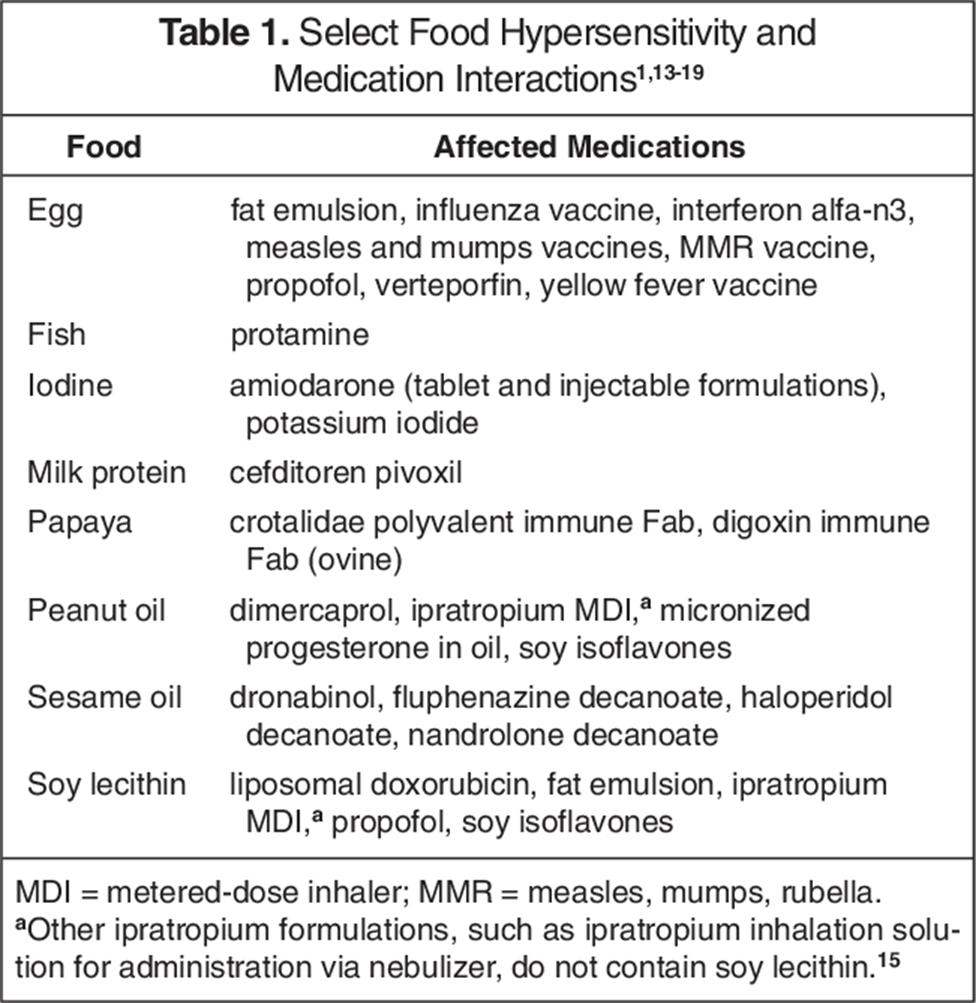A nurse is admitting a client who reports tightness in their chest that radiates to left arm.
The nurse is reviewing the client's medical record. Select the four findings that require immediate follow-up.
Blood glucose level
Bowel sounds
Blood pressure
Pain level
Electrocardiogram findings
Lung sounds
Troponin T level
Correct Answer : C,D,E,G
A) The client’s blood glucose in this scenario is within the normal range.
B) The bowel sounds in this scenario are present in all the 4 quadrants which is normal.
C) The client's blood pressure is elevated at 164/80 mm Hg. Hypertension can exacerbate cardiac ischemia and increase the risk of complications. Therefore, monitoring and potential management of blood pressure are warranted.
D) The client's blood pressure is elevated at 164/80 mm Hg. Hypertension can exacerbate cardiac ischemia and increase the risk of complications. Therefore, monitoring and potential management of blood pressure are warranted.
E) The client's blood pressure is elevated at 164/80 mm Hg. Hypertension can exacerbate cardiac ischemia and increase the risk of complications. Therefore, monitoring and potential management of blood pressure are warranted.
F) The lungs are clear on auscultation of all the lobes which is normal.
G) The client's blood pressure is elevated at 164/80 mm Hg. Hypertension can exacerbate cardiac ischemia and increase the risk of complications. Therefore, monitoring and potential management of blood pressure are warranted.
Nursing Test Bank
Naxlex Comprehensive Predictor Exams
Related Questions
Correct Answer is B
Explanation
A) Offering reassurance about the outcome of the procedure may not address the client's specific fears.
B) Encouraging the client to discuss their concerns allows the nurse to address any misconceptions or fears the client may have and provide appropriate information and support.
C) Assuming the client's fear is related to needles may not be accurate and may not address their specific concerns.
D) Asking the client to explain why they are scared is a good approach, but it may not immediately address their fears or provide the support they need.
Correct Answer is B
Explanation
A. Shellfish has no known interactions with propofol.
B. Propofol, a commonly used anesthetic agent, contains egg lecithin as an emulsifier. Therefore, individuals with egg allergies are at risk of having an allergic reaction to propofol. It's essential for the nurse to identify this allergy to ensure the client's safety during the administration of anesthesia.
C. Strawberries do not interact with propofol.
D. Avocados do not interact with propofol.

Whether you are a student looking to ace your exams or a practicing nurse seeking to enhance your expertise , our nursing education contents will empower you with the confidence and competence to make a difference in the lives of patients and become a respected leader in the healthcare field.
Visit Naxlex, invest in your future and unlock endless possibilities with our unparalleled nursing education contents today
Report Wrong Answer on the Current Question
Do you disagree with the answer? If yes, what is your expected answer? Explain.
Kindly be descriptive with the issue you are facing.
